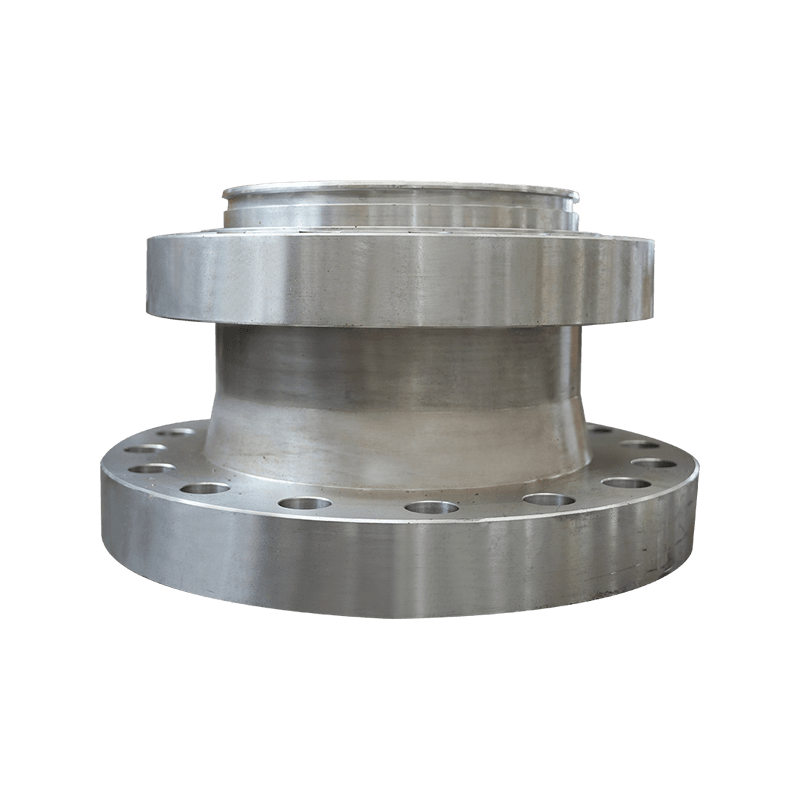The valve industry has witnessed significant changes in recent years, driven by technological advancements, environmental regulations, and evolving market demands. Machined valve parts play a crucial role in various sectors, including oil and gas, water treatment, and power generation.
1. Advancements in Manufacturing Technologies
The introduction of advanced manufacturing techniques, such as CNC machining and additive manufacturing, has revolutionized the production of machined valve parts. CNC machining allows for greater precision and efficiency, enabling manufacturers to produce complex geometries with tighter tolerances. Additive manufacturing, or 3D printing, is gaining traction for prototyping and low-volume production, allowing for rapid design iterations and reduced lead times.
2. Focus on Material Innovation
The demand for high-performance materials is on the rise as industries seek to enhance the durability and reliability of valve components. Traditional materials like stainless steel are increasingly complemented by advanced alloys and composites that offer superior resistance to corrosion and wear. For instance, materials like titanium and nickel-based alloys are gaining popularity in demanding applications such as subsea valves and high-temperature systems.

3. Increasing Emphasis on Sustainability
Environmental concerns are influencing the design and manufacturing of machined valve parts. Companies are adopting sustainable practices, such as using recyclable materials and reducing energy consumption during production. Moreover, the development of eco-friendly coatings and surface treatments enhances the longevity of valve components, contributing to sustainability efforts by extending product life cycles.
4. The Rise of Smart Technologies
The integration of smart technologies into valve systems is a notable trend. IoT-enabled sensors and actuators allow for real-time monitoring and data collection, enhancing the efficiency and reliability of valve operations. These smart systems facilitate predictive maintenance, reducing downtime and operational costs. Manufacturers are increasingly incorporating smart technologies into machined valve parts to meet the growing demand for automation and connectivity in industrial applications.
5. Customization and Flexibility
As industries become more specialized, the demand for customized valve parts is on the rise. Manufacturers are leveraging flexible manufacturing systems to accommodate varying customer specifications and short production runs. This adaptability allows companies to respond quickly to market changes and customer needs, enhancing competitiveness in a dynamic landscape.









